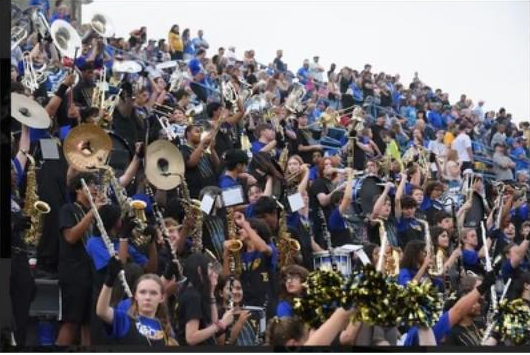December has a variety of aspects to make it one of the most unique months of the year: the beginning of winter, the end of the semester, and the diverse holiday celebrations. From Hanukkah to Kwanzaa, there are many cultures with their own unique celebrations at the end of each year.
The oldest of the holidays, Hanukkah, has been celebrated since 164 B.C. in the third century. In 190 B.C., the Greeks and the Jews started a war. In the end, the Jews took back one of their fallen temples and found only one case of sacred oil that could light the menorah, a seven-branched candle holder, in the temple. Miraculously, it lasted the eight days it took to make a new batch of the oil. Lighting the menorah today symbolizes the miracle of the oil that should have only lasted a day, lasting eight. Modern traditions for this holiday tend to include daily readings from the Scripture, playing the dreidel game to win Hanukkah gelt (chocolate coins), and eating treats like latkes (fried potato pancakes) and sufganiyot (jelly-filled doughnuts). This year, it started on Dec. 7th and ended on Dec. 15th.
“Every year, we go to my aunt’s house, spend some time reading about the reason we celebrate, and then eat. After, we play board games and exchange gifts. My favorite tradition is spending the afternoon with my extended family every year,” Lisa Howe, senior, said.
Christmas, the most popular holiday celebrated in the world, is around 300 years younger than Hanukkah. It is a Christian holiday that commemorates God’s son’s birth, Jesus, to the Virgin Mary on Dec 25th. The Roman Church began celebrating the holiday in the fourth century, and its traditions are a combination of several other cultures’ customs. Hanging wreaths and jingle bells can be tied to the Pagan celebration of Yule, decorating Christmas trees are a German tradition, and the Dutch even created Santa Claus.
“Christmas is an opportunity for me to pause and give thanks for love, hope, and joy found in Jesus, spend quality time with my family, and connect with my friends more,” Alexa Velilla, junior, said.
The youngest of these holidays is Kwanzaa; Maulana Ron Karenga created the holiday in 1966 to reaffirm and restore African heritage and culture and to introduce and strengthen the Nguzo Saba, or the Seven Principles. The Seven Principles are a list of ideals that reinforce aspects of African cultures. The holiday dedicated to the Principles is meant to celebrate PanAfrican heritage and build family and community. Traditions include lighting the kinara, a seven-branched candle holder, honoring ancestors by drinking from the unity cup, and exchanging handmade gifts. It is always celebrated right after Christmas, starting Dec. 26th, and ending Jan. 1st.
“According to Karenga, the colors of Kwanzaa are black for the people, red for their struggle, and green for the future and hope that comes from their struggle,” Mary Jane Maxwell, a reporter for ShareAmerica, said.
The holiday season is full of celebrations of all kinds, so the next time you see a friend, wish them a Chag sameach (khag sah-meh-ahkh), Heri za Kwanzaa, Merry Christmas, or simply happy holidays!














